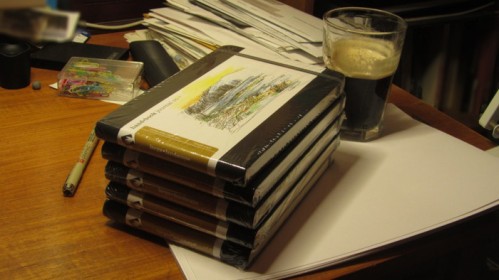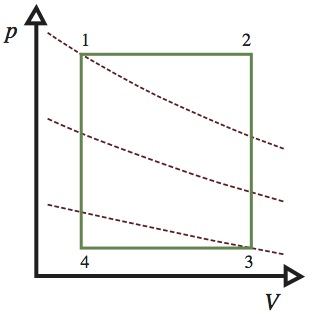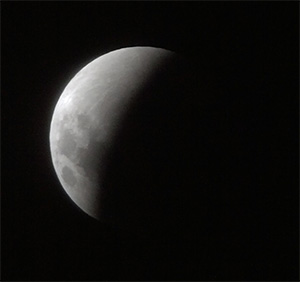Stockpiling Notebooks
 As you know from my writings and sketches, I like to carry a notebook. People often ask me what types I use, or assume that I use the (increasingly fashionable) Moleskine books. I like Moleskine books (the little 3inx5in ones for example), and have used them a lot in the past, but actually I prefer the books by HandBook Journal Co., (made by Global Art Materials). The surface of the paper is more flexible, in my opinion. It has a little more tooth than standard Moleskine, which makes mark-making with pencil much surer, and it also takes wetting better,
As you know from my writings and sketches, I like to carry a notebook. People often ask me what types I use, or assume that I use the (increasingly fashionable) Moleskine books. I like Moleskine books (the little 3inx5in ones for example), and have used them a lot in the past, but actually I prefer the books by HandBook Journal Co., (made by Global Art Materials). The surface of the paper is more flexible, in my opinion. It has a little more tooth than standard Moleskine, which makes mark-making with pencil much surer, and it also takes wetting better, so you can work with a little wetness as well, such as lots of ink, or watercolour (paint- or pencil-based). That allows for crisp drawings like the one on the right (click for larger view – more about these sketches here), right alongside physics research musings and computations in pen and ink line on the pages shown below on the left (those notes pertain to the paper I discussed here.)
so you can work with a little wetness as well, such as lots of ink, or watercolour (paint- or pencil-based). That allows for crisp drawings like the one on the right (click for larger view – more about these sketches here), right alongside physics research musings and computations in pen and ink line on the pages shown below on the left (those notes pertain to the paper I discussed here.)
I tend to carry one of the 8.25inx5.5in landscape ones (although I love the 5.5in square ones too). (See more chat about them here.) They allow a good […] Click to continue reading this post
























